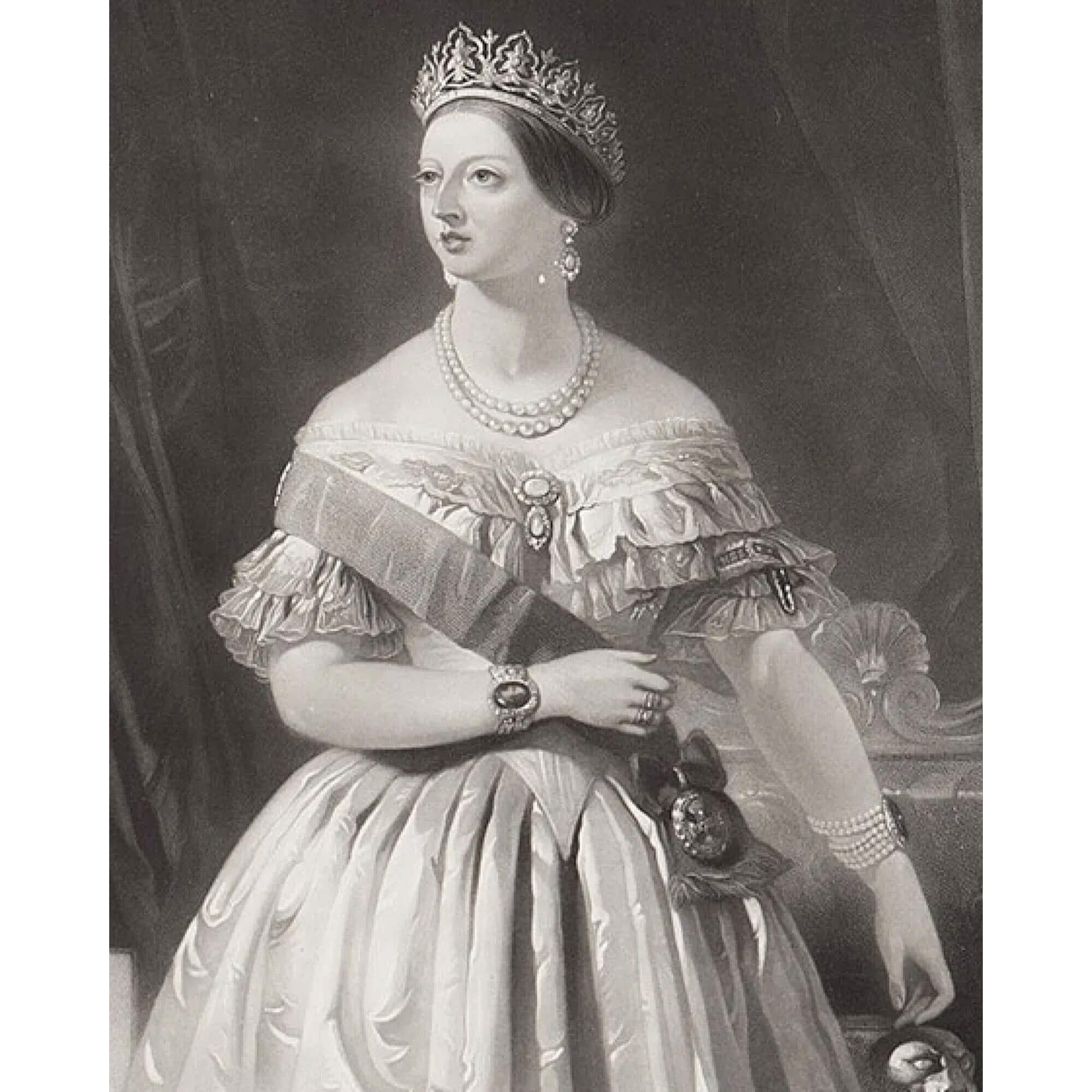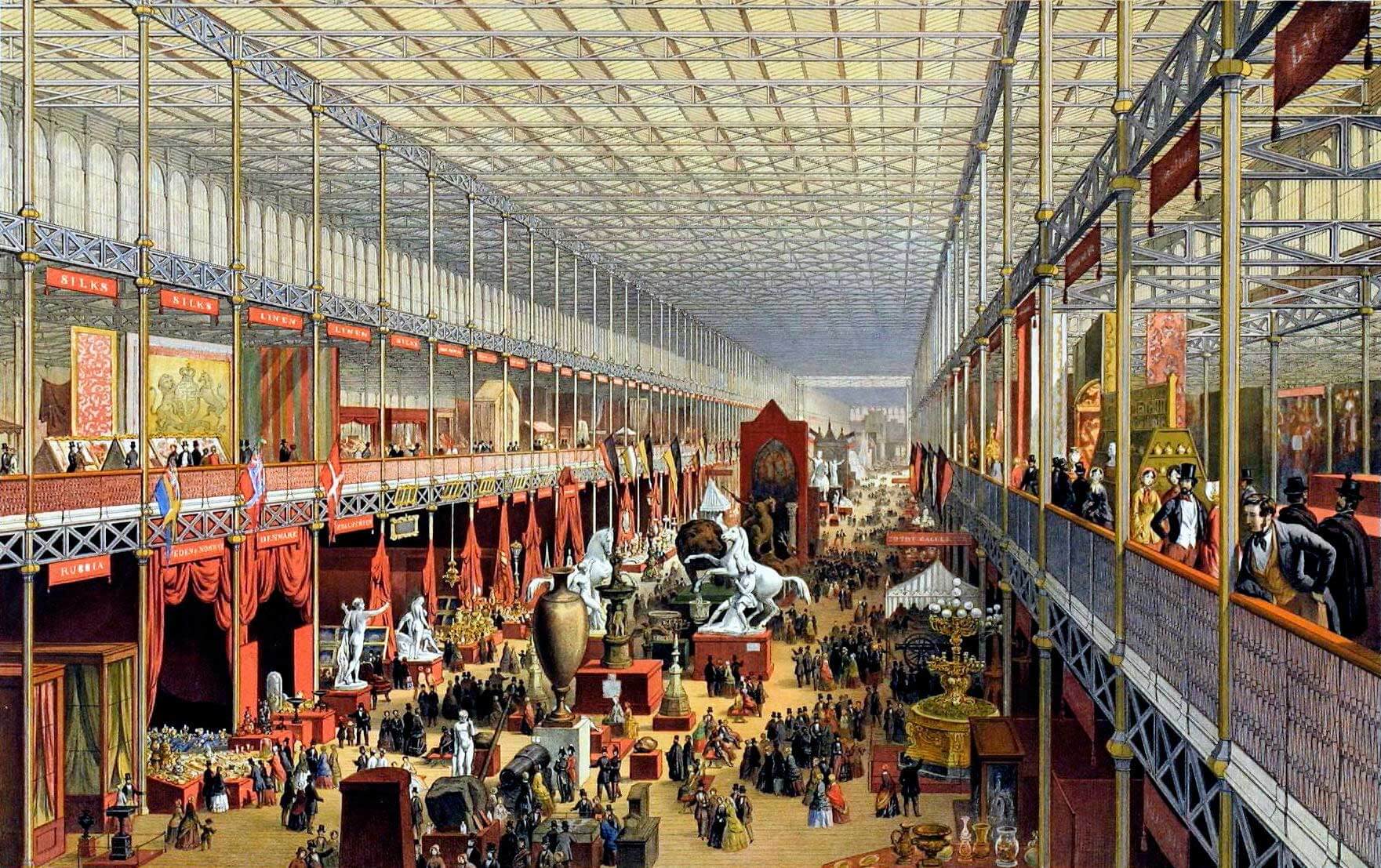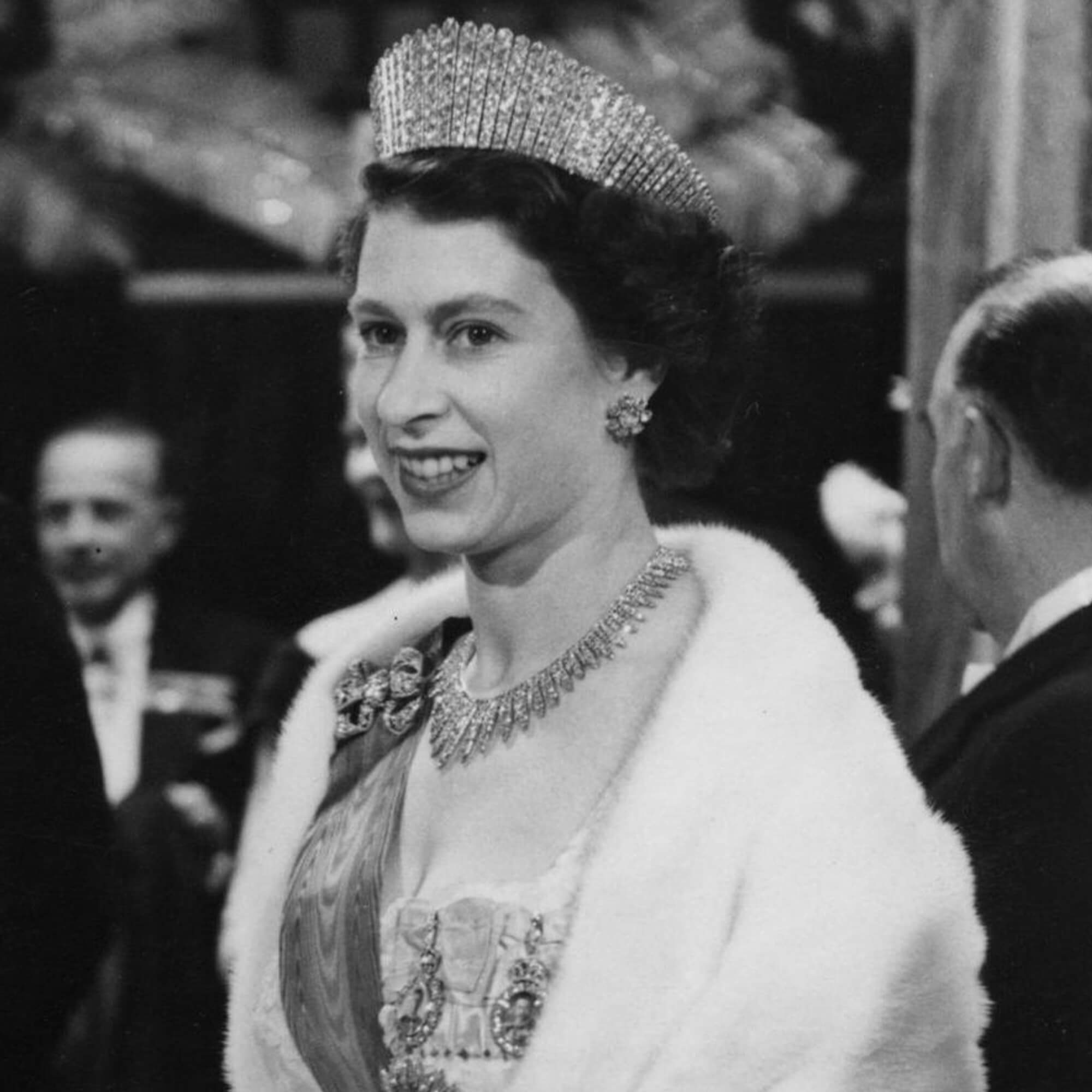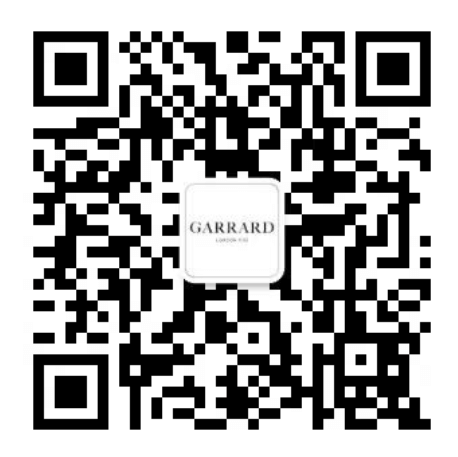Queen Victoria’s Oriental Circlet Tiara: A Mughal-Inspired Masterpiece
Altered for Queen Alexandra and beloved by The Queen Mother, the Oriental Circlet Tiara is among the most important Victorian-era jewels in the Royal Collection.

Among the most important Victorian-era jewels in the Royal Collection, the Oriental Circlet is also one of the oldest pieces created by Garrard for the Royal Family. Crafted for Queen Victoria in 1853 under the direction of her beloved husband and consort, Prince Albert, the Oriental Circlet was originally set with a collection of opals, one of Albert’s favourite gemstones, and 2,600 diamonds. Later, believing that opals were unlucky, Queen Alexandra replaced them with rubies. However, the magnificent, Indian-inspired design of lotus flowers and Mughal arches remains largely the same today as when it was first created.

A great lover of art, architecture and design, Albert played a key role in the creation of many jewels for his wife and daughters. In her journal in 1843, Victoria wrote: “Albert has such taste and arranges everything for me about my jewels.” He was also a determined moderniser and believed that human innovation could achieve a better world. Albert was the mastermind behind the Great Exhibition in London in 1851, a showcase of global art, inventions and jewellery. According to The Royal Collection’s website, he was deeply impressed by the jewels presented to the Queen by the East India Company, which represented India at the Exhibition, with their design influencing Albert’s own for the Oriental Circlet.
In 1858, the circlet was returned to Garrard for alterations, with a small space added to the reverse so that it was no longer a complete circle. The tiara had barely been returned to the Queen when Albert fell ill and unexpectedly died, aged just 42. Victoria was heartbroken. For the remaining 40 years of her life, she mourned Albert by wearing black and replacing her coloured gems with mourning jewellery. It meant she would never have the opportunity to wear the Oriental Circlet again.

In 1901, Victoria’s daughter-in-law, Queen Alexandra, inherited the tiara. Her superstitions surrounding opals saw her return the circlet to Garrard in 1902 with a request to replace the stones with a collection of Burmese rubies given to Queen Victoria as a gift from the ruler of Nepal in the 1870s. It is also noted in our Royal Ledger that while the opals were being replaced, some of the arches were also removed to make the tiara smaller. Despite this, she is believed to have only worn it once on a state visit to Germany.

The Oriental Circlet was not seen in public again until it was passed to Queen Elizabeth, The Queen Mother in 1936. Photographed wearing it on numerous occasions, it quickly became one of her favourite jewels. When the celebrated British photographer Sir Cecil Beaton captured portraits of the Queen in 1939 following her husband King George VI’s accession to the throne, in 1950 to mark her 50th birthday and in 1953, just a few weeks before the coronation of her daughter, Queen Elizabeth II, she chose to wear the Oriental Circlet each time.

After the death of King George VI in 1952, the tiara should have passed down to Queen Elizabeth II. However, realising how much her mother loved the piece, she allowed her to keep it. When the Queen Mother passed away in 2002, Queen Elizabeth II inherited the Oriental Circlet. She wore it only once during her reign, on a trip to Malta in 2005.
The only tiara designed by Prince Albert for Queen Victoria that remains in the Royal Collection, when the Oriental Circlet will be worn again is unknown.
Read more about Garrard’s most important creations for the British monarchy in Jewellery of the Royal Family: A Garrard History.



